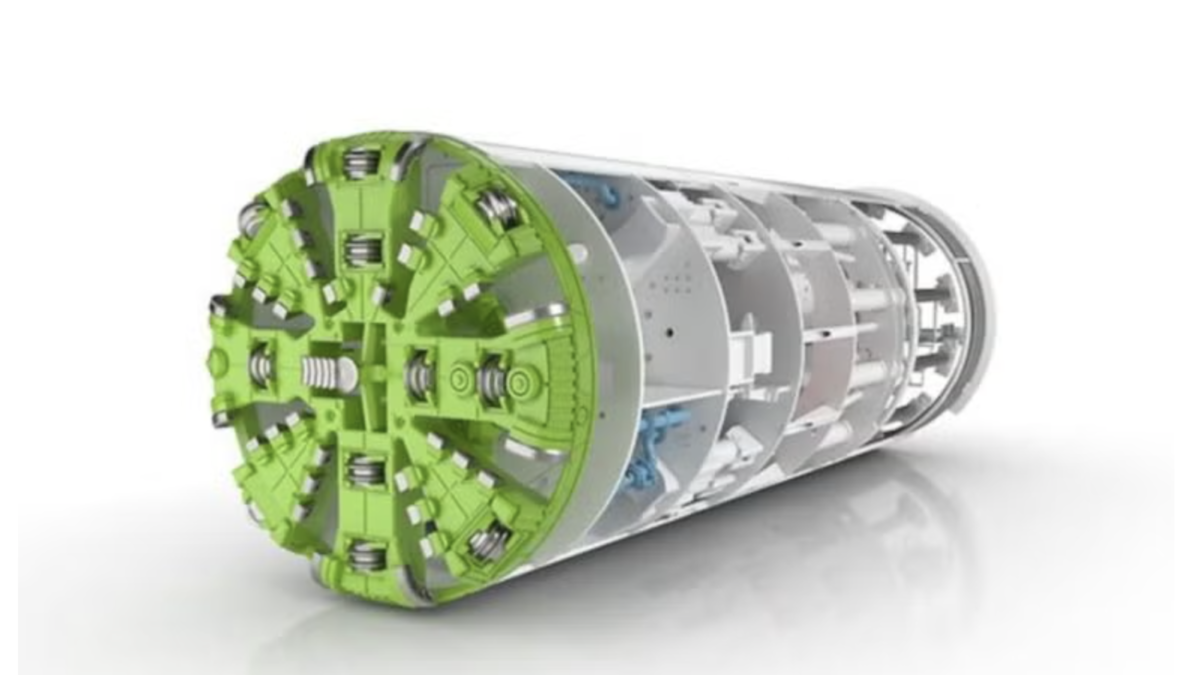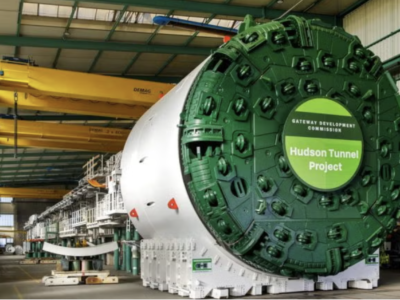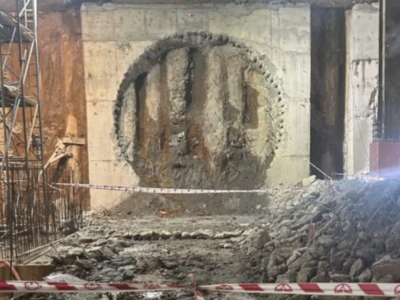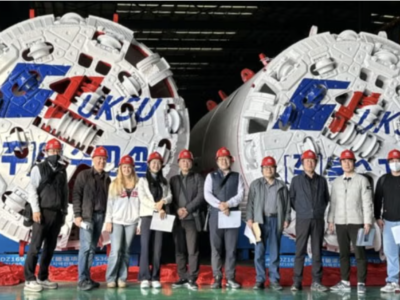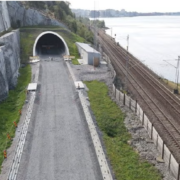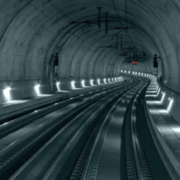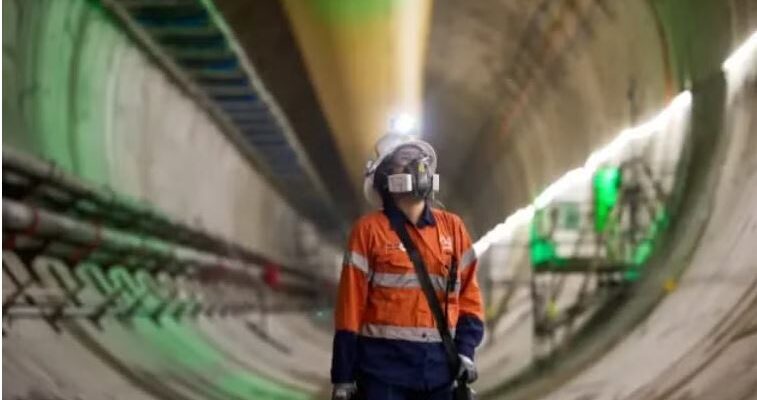
Following that one of Snowy Hydro’s tunnel boring machines (TBM) now is completing two-thirds of its second tunnel excavation, significant progress on its 2.2GW Snowy 2.0 pumped-hydro megaproject in Australia was reported.
Linking the lower Talbingo Reservoir to the underground power station, digging almost 4km along the 6km tailrace tunnel was done by Dubbed Lady Eileen Hudson TBM, whereas it had previously completed a 2.85km main access tunnel, which currently serves as an entry route for construction teams accessing the power station site.
With the aim of creating a new 700m tunnel that is due to connect the intake structure to the tailrace tunnel, additional progress is being made through drillling and blasting works at the Talbingo water intake.
Considering that the Talbingo intake has been located in rugged terrain, it required two years of work to excavate 570,000m3 of material, resulting in a rock face that now stands at 110m high.
Due to that the late months have been among the most productive for the project, Snowy Hydro CEO Dennis Barnes stated that the Snowy 2.0 estimated to be the most transformative addition to the National Electricity Market (NEM) since the original Snowy Scheme.
The scheduled date for completion of Snowy 2.0 project with A$12bn ($7.9bn) budget is the end of 2028.
According to Barnes: “Snowy 2.0 will have a generating capacity of 2.2GW and an unmatched 160-hour storage capability, meaning it will be able to power around three million homes for a week.While batteries and gas are important to store the excess energy from the increasing amounts of wind and solar in the grid, only pumped hydro can offer the long-duration storage needed to keep the lights on and smooth energy price peaks during extended periods without enough sun and wind.”
Additionally, at the underground power station complex that more than 27% of the excavation for the caverns has been completed on there, significant advancements are taking place.
As installation of all 196 large brackets is necessary for the temporary construction cranes, this process also was finalised in the power station caverns, while once fully excavated it will be an underground structure comparable to a 20-storey, 250m-long building, positioned 800m below the surface.
Acting as water storage during power station launch, the 28m-wide surge shaft is excavated to 123m or about half of its final depth at Marica and is going to provide pressure relief within the headrace tunnel upon shutdown.
Connecting the upper Tantangara reservoir to the underground power station, with over 1,600m of excavation completed,TBM Florence has also made significant headway in the 17km-long headrace tunnel.
Another machine, TBM Kirsten, is advancing along the 1.6km steep tunnel that will connect the headrace tunnel to the underground power station.
While it is slated to use a fourth TBM to tunnel through a challenging geological fault zone, a planning modification is currently being reviewed by the New South Wales Department of Planning, Infrastructure and Housing.
Last month, Webuild and Clough, as part of the Future Generation joint venture (JV), the principal contractor for the Snowy 2.0 project, achieved the breakthrough at the Tantangara transition tunnel.



